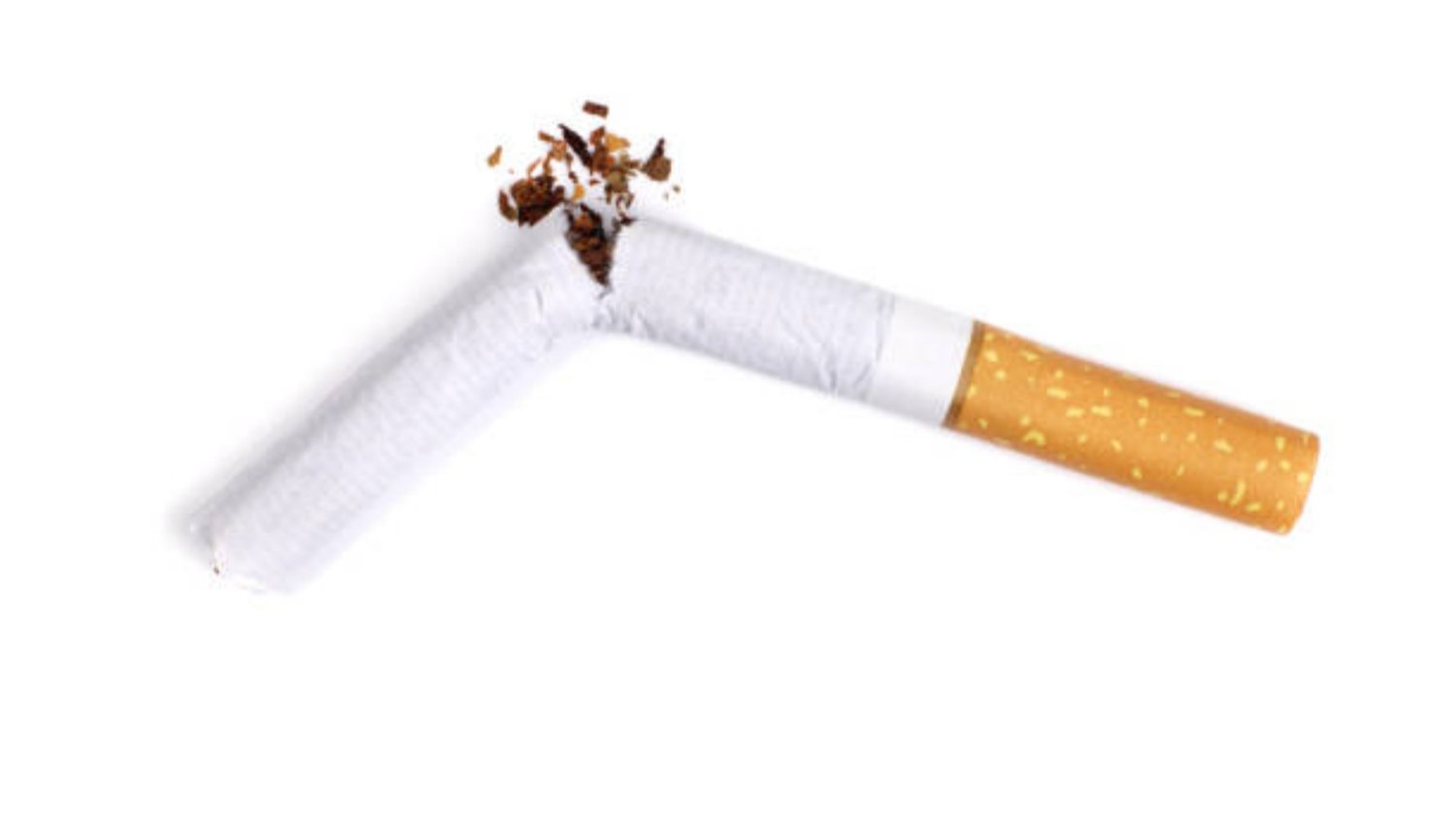The Importance of Tipping Paper in the Tobacco Industry
Tipping paper is a crucial component in the production of cigarettes. It serves as the outermost layer of the cigarette filter, providing aesthetic appeal, branding opportunities, and functionality. In this article, we will explore the intricate process of manufacturing tipping paper, from the selection of materials to the final product.
Choosing the Right Materials
The first step in the Tipping paper manufacturing process is selecting the appropriate materials. Tipping paper is typically made from a combination of cellulose fibers, such as wood pulp, and other additives. The type of fibers used can significantly impact the properties of the final product, including its strength, porosity, and burn rate.
Paper Formation of Tipping Paper
After the materials have been selected, the next step is the paper formation. The cellulose fibers are mixed with water to create a slurry, which is then poured onto a wire mesh. As the water drains through the mesh, the fibers begin to bond together, forming a continuous sheet of paper. This sheet is then pressed and dried to remove any remaining moisture.
Coating and Lamination of Tipping Paper
Once the paper has been formed, it undergoes a coating and lamination process. A coating mixture, which often contains a combination of binders, pigments, and additives, is applied to the surface of the paper. This coating enhances the paper's appearance, provides a smooth surface for printing, and improves its resistance to moisture and tearing.
Printing and Embossing of Tipping Paper
Printing and embossing are essential steps in the manufacturing process to create visually appealing tipping paper. Printing allows for the application of logos, brand names, and other decorative elements, while embossing adds texture and depth to the surface. High-quality printing and embossing techniques ensure that the branding on the tipping paper is clear, vibrant, and long-lasting.
Perforation and Ventilation
Perforation and ventilation are key aspects of the tipping paper manufacturing process. Perforations are small holes made in the paper to allow for the passage of air, facilitating a smoother and more even burn of the cigarette. Ventilation refers to the deliberate creation of air channels within the tipping paper to reduce tar and nicotine intake. These features contribute to the overall smoking experience and are carefully designed to meet regulatory requirements.
Sealing and Cutting of Tipping Paper
Once the tipping paper has been printed, embossed, perforated, and ventilated, it undergoes a sealing and cutting process. The paper is sealed to ensure that it securely wraps around the filter, preventing unraveling during production and use. It is then cut into individual tipping paper units, ready to be incorporated into the cigarette manufacturing process.
Quality Control and Testing of Tipping Paper
Throughout the entire tipping paper manufacturing process, rigorous quality control measures are implemented to maintain consistency and meet industry standards. Samples from each batch are tested for various parameters, including strength, porosity, moisture resistance, and burning characteristics. These tests ensure that the tipping paper performs as intended and meets the requirements of both manufacturers and consumers.
Sustainability and Environmental Considerations
As the global focus on sustainability increases, the tipping paper manufacturing process has also evolved to incorporate eco-friendly practices. Many manufacturers now use recycled fibers and employ energy-efficient technologies to minimize environmental impact. Additionally, efforts are being made to reduce waste and develop biodegradable alternatives to traditional tipping paper.
The Future of Tipping Paper Manufacturing
Innovation continues to drive the tipping paper manufacturing industry forward. Research and development efforts are focused on creating new materials, improving printing techniques, and enhancing the overall smoking experience. With advancing technologies and a growing demand for sustainable solutions, the future of tipping paper manufacturing looks promising.

